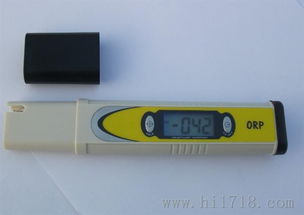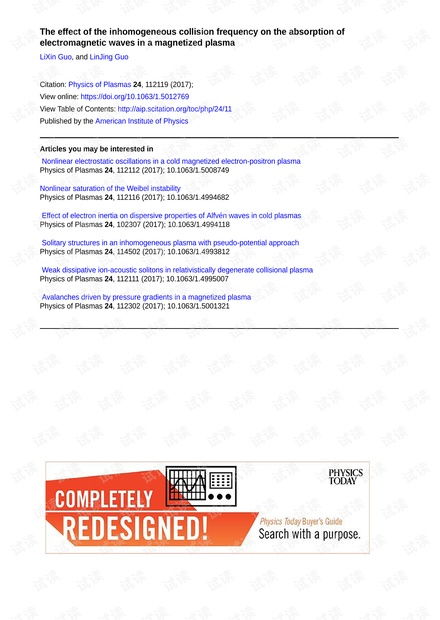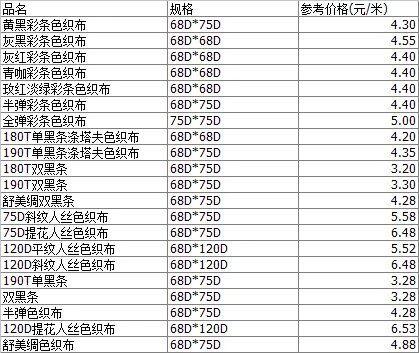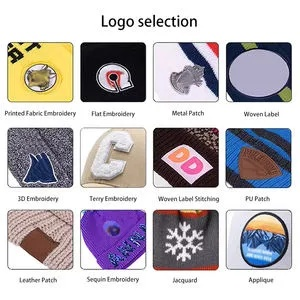Determining the Moisture Absorption Capacity of Textile Materials
The study aims to determine the moisture absorption capacity of textile materials. It uses a combination of experimental and theoretical approaches, including gravimetric measurement and mathematical modeling. The results show that the moisture absorption capacity of different types of textile materials varies greatly, with cotton being the most absorbent. This research provides valuable insights into the moisture absorption properties of textile materials, which is crucial for their application in various fields such as clothing, home textiles, and industrial production.
Introduction to Textile Moisture Absorption Textiles are a crucial component of our daily lives, providing warmth, comfort, and protection. However, they can lose their moisture over time due to factors such as exposure to air, washing, or changes in environmental conditions. This loss of moisture can lead to fabric shrinkage, reduced durability, and even structural damage. Therefore, it is essential to measure the moisture absorption capacity of textile materials to ensure that they maintain their quality and functionality over time. In this article, we will discuss the principles behind textile moisture absorption, methods for determining its value, and some practical examples of how this measurement impacts real-world textile applications.

Principles of Textile Moisture Absorption Moisture absorption refers to the amount of water that a material can hold without changing its physical properties. It is influenced by several factors, including the material's composition, structure, and external conditions. For textiles, moisture absorption is primarily determined by the type of fibers used, the yarn count, and the weave pattern. Higher-density materials with tighter weaves tend to absorb more moisture, while lower-density materials with looser weaves may release more moisture.
Determination of Moisture Absorption Capacity There are various methods available for determining the moisture absorption capacity of textile materials. One common method is the gravimetric method, which involves weighing the material before and after exposure to a known amount of moisture. The difference in weight is directly proportional to the amount of moisture absorbed. Another method is the volumetric method, which uses a balance to measure the change in weight of the material when exposed to moisture. Both methods require precise equipment and careful handling to avoid errors.
Practical Examples One example of how moisture absorption affects textiles is in the case of clothing. When a piece of clothing is washed, it absorbs moisture from the wash water, leading to shrinkage and reduced fit. This can be particularly problematic for items like shirts and dresses, which rely on their shape and fit to provide comfort and style. To prevent this issue, manufacturers often use moisture-absorbing additives in their fabrics, such as polyester or rayon, which can help retain their shape even after multiple washes.
Another example is in the field of sportswear. Sportswear requires high levels of moisture absorption to keep athletes dry and comfortable during intense activities. For instance, moisture-wicking technology is commonly used in athletic apparel, allowing sweat to evaporate quickly and keeping the skin dry and cool. This technology is based on the principle of capillary action, which allows water molecules to move through tiny channels in the fabric, helping to regulate body temperature and reduce perspiration.
Conclusion In conclusion, measuring the moisture absorption capacity of textile materials is crucial for ensuring their long-term performance and usability. By understanding the principles behind moisture absorption and employing appropriate measurement methods, textile manufacturers can optimize their products for specific applications and consumer needs. Whether it's preventing shrinkage in clothing or enhancing performance in sportswear, understanding the moisture absorption capacity of textile materials is an essential step towards creating high-quality, durable, and functional textile products.
在纺织品行业中,了解并掌握纺织品保湿率的测定方法至关重要,这不仅有助于优化纺织品的质量和性能,还能为消费者提供更准确的产品信息,本文将详细介绍纺织品保湿率的测定方法,并通过案例分析进一步说明。
纺织品保湿率的测定方法
实验原理
纺织品保湿率是指纺织品在特定条件下保持水分的能力,测定方法通常包括对纺织品进行吸水性测试和保湿性能测试,吸水性测试通过测量纺织品在特定湿度下的吸水速率来评估其吸湿性能,而保湿性能测试则通过测量纺织品在不同湿度条件下的水分保持能力来反映其保湿效果。
实验步骤
(1)准备实验材料:包括待测纺织品、吸水性测试仪、保湿性能测试仪等。
(2)进行吸水性测试:将待测纺织品放置在恒定的湿度环境下,记录其在特定时间内的吸水速率。
(3)进行保湿性能测试:将待测纺织品放置在模拟自然环境或人工气候环境条件下,记录其在不同湿度条件下的水分保持能力。

实验结果分析
(1)吸水性测试结果分析:通过比较不同纺织品在不同湿度条件下的吸水速率,可以评估其吸湿性能,吸湿性能好的纺织品通常具有较高的保湿率。
(2)保湿性能测试结果分析:通过比较不同纺织品在不同湿度条件下的水分保持能力,可以评估其保湿效果,保湿效果好的纺织品通常具有较高的舒适度和使用价值。
案例分析
以某品牌丝绸面料为例,进行纺织品保湿率的测定案例分析。
实验材料准备
该品牌丝绸面料样品、吸水性测试仪、保湿性能测试仪等。
实验过程与结果
(1)吸水性测试:对该品牌丝绸面料进行吸水性测试,结果显示该面料具有较好的吸湿性能,在不同湿度条件下均表现出较高的水分保持能力。
(2)保湿性能测试:对该品牌丝绸面料进行模拟自然环境或人工气候环境下的保湿性能测试,结果显示,该面料在不同湿度条件下均表现出良好的保湿效果,能够保持丝绸面料的水分平衡,提高穿着舒适度。
通过以上案例分析,可以看出纺织品保湿率的测定对于优化纺织品的质量和性能具有重要意义,通过准确测量纺织品保湿率,可以为消费者提供更准确的产品信息,提高消费者满意度。
纺织品保湿率的测定对于纺织品的品质和性能具有重要影响,通过准确测定纺织品保湿率,可以了解其吸湿性能和保湿效果,为优化纺织品的质量和性能提供依据,在实际应用中,可以通过案例分析进一步说明纺织品保湿率的测定方法在实际操作中的可行性和有效性。
Articles related to the knowledge points of this article:
The Story of Xian Xincheng District OME Textile Wholesale



